An informative Research Paper has been produced which shows the effect of toxic introduced plants on native herbivores, concentrating on Wombats.
Title: “Dual-locus DNA metabarcoding reveals southern hairy-nosed wombats (Lasiorhinus latifrons Owen) have a summer diet dominated by toxic invasive plants”
Thanks to the many researchers who have contributed to this study (see details in the PDF – link below)
The Paper shows what we can learn about the effect of their food on Wombats by studying their scats using DNA analysis and checking the animal’s condition.
It suggests that Wombats are forced to eat more toxic plants than they should and relates that to a reduction in the population.
The study areas were at Moorunde WR, Kooloola (near Swan Reach) and Portee (East of Moorundee WR).
It shows Southern hairy-nosed wombats often have a toxic summer diet causing Liver problems that express themselves as a range of physical and physiological issues, such as hair and skin problems, organ damage, etc. Wombat observations showed severe weight loss, alopecia and changes in hair colour, and quality. Blood tests suggested anaemia, malnutrition, chronic disease and/or toxicity.
And with continuous dry conditions currently, this may be developing into a more continuous situation, sadly.
The major cause appears to be high levels of toxic chemicals called glucosinolates in introduced/weed plants such as Ward’s weed (Carrichtera annua) and some in wild turnip (Brassica tournefortii) and other toxic compounds in various plants including genus Euphorbia. This is made worse by food shortage during summer causing the animals to increase consumption of these and other very toxic introduced plants out of desperation. (And it would be further complicated by a series of dry years as we have seen at Moorunde WR.)
Glucosinolates in high concentrations are a problem for animals that eat them and the digestive system can process them to form other problem compounds.
See this reference for more detail:
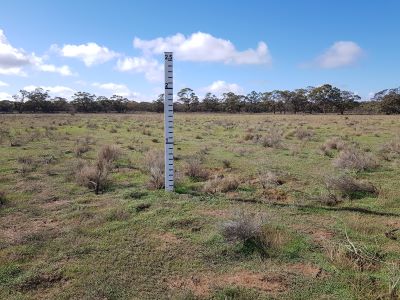
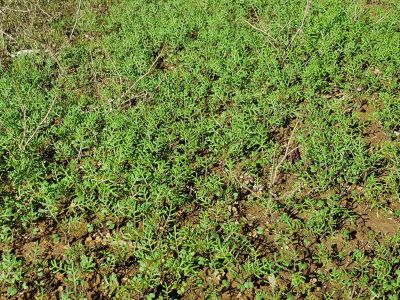
Interestingly, the study showed that Moorunde WR seemed to provide the greatest variety of plant food for wombats and apart from the problem plant Ward’s weed (Carrichtera annua), the study showed that wombats there ate a lot of Thread Iris (Moraea setifolia) which is not toxic and well known as a Wombat food plant by observation of Wombats SA Rangers, etc. Portee wombats were most symptomatic and ate the most percentage of Ward’s weed.
Wombats are likely to be more affected by the toxicity than kangaroos as they remain in the area of their burrows and so don’t take the opportunity to move to other locations where the food mix might be better.
Although this study concentrated on wombats, it is considered that all grazing animals would be affected by this problem.
As we have seen on Moorunde WR the historic effect of heavy sheep grazing, etc has removed a lot of the nutritious native grasses, etc and helped the weed plants to get a foothold and spread, so even in good seasons there is not as much good food for wombats as there would have been before European settlement.
To help Wombats do better, they suggest prioritised control of Ward’s weed and wild turnip as part of habitat restoration programs.
Plus Supplementary feeding (particularly fresh grasses or cereals) during summer droughts to help them out.
Trying to address this problem on our reserves is one of many challenges Wombats SA faces.
Some information about the 3 main plants mentioned above.
Carrichtera annua
Ward’s weed (Carrichtera annua) invades native grasslands and open woodlands, where it replaces long-lived (i.e. perennial) native species. In Western Australia it often also dominates mine rehabilitation sites and in South Australia it is a weed in conservation areas (e.g. Marino Conservation Park).
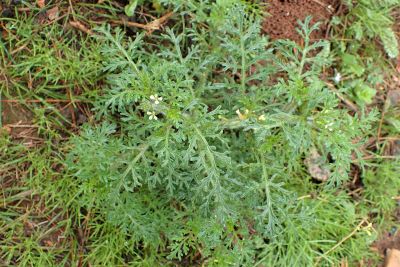
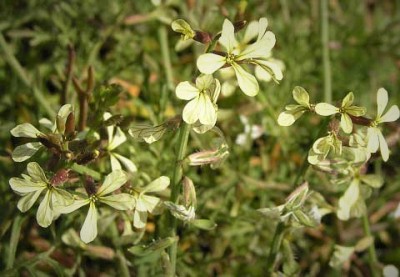
Brassica tournefortii
Brassica tournefortii Gouan. (known as wild turnip in Australia) has become the most common winter weed in the northern grains region (NGR) of Australia. This weed costs Australian agriculture AU$10.6 million annually, and is ranked sixth in terms of to revenue loss due to reduced crop yield (Llewellyn et al. 2016).1 Apr 2020
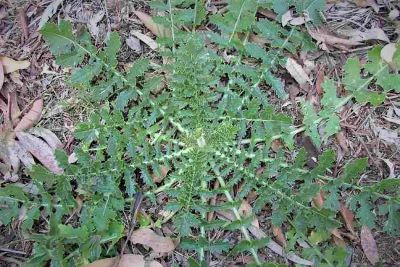
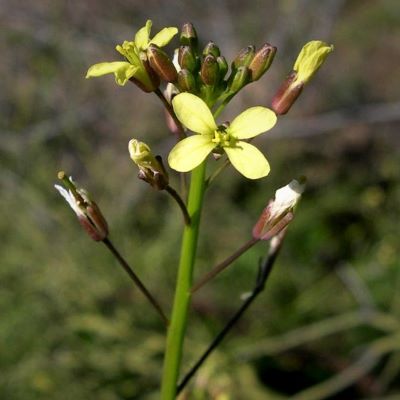
Moraea setifolia
Commonly called Thread Iris. A perennial native to Cape Province, South Africa; found in southwestern Western Australia, South Australia, inland New South Wales and Victoria; possibly also in the Australian Capital Territory. Sometimes abundant as a weed of dry pastures in winter-rainfall areas; also woodlands, roadsides, lawns, salt lake margins, wasteland.
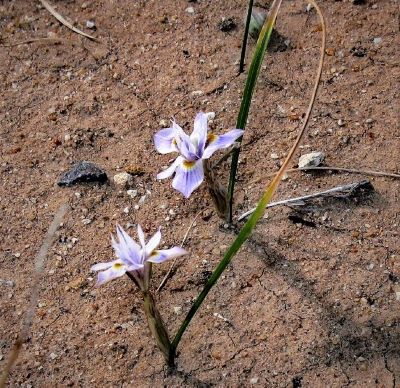
For full details of the research see a copy of the paper.
